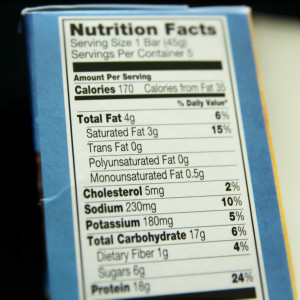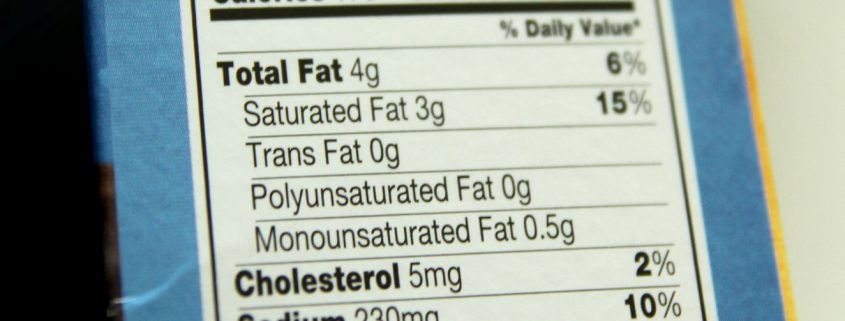Giving Trans Fat the Boot
 You may have heard the buzz about the elimination of artificial trans fats, specifically partially hydrogenated oils, from foods. Are you scratching your head wondering what in the world all that means?
You may have heard the buzz about the elimination of artificial trans fats, specifically partially hydrogenated oils, from foods. Are you scratching your head wondering what in the world all that means?
There are two kinds of trans fats: naturally formed trans fats and artificially formed trans fats. This decision to remove trans fats specifically means the artificially formed trans fat from partially hydrogenated oils.
Some trans fats are naturally found in animal products such as meat and dairy products, but the most common source of trans fats in the United States comes from artificial trans fats made during food processing.
Artificial trans fats are a product of consumer demand. Without getting into the nitty-gritty details of food manufacturing, I will say that the main source of trans fats are partially hydrogenated oils. This manufactured oil is used to create improved taste and texture and longer shelf life for foods.
It is recommended to limit your consumption of trans fat because they are known to raise LDL cholesterol (“bad” cholesterol) levels in the blood. High LDL cholesterol levels increase the risk of developing cardiovascular disease which is the leading cause of death in our country.
Although American consumption of trans fats has decreased over the past years, there is still a dangerous consumption of trans fats in our country. It also should be noted that food items that contain less than 0.5 grams of trans fats per serving will actually say 0 grams on the label.
Now, let’s briefly digress and go back a few (57) years.
Since 1958, the FDA has regulated the safety of food additives through the Food Additives Amendment of 1958. Under this amendment, all new food additives added since 1958 have to be approved by the FDA and classified as GRAS, or generally recognized as safe. However, any food additives in use prior to 1958 were automatically grandfathered in to qualify for GRAS.
Artificial trans fats were among the other food additives that were grandfathered in. At the time, there was seemingly little harm associated with the consumption of these trans fats. Over the years, consumption of trans fats in the United States has risen to a harmful level and since 2006, manufacturers have been required to include trans fats on the nutrition facts panel. This initiative was meant to decrease consumption of trans fats in America.
The FDA’s decision that partially hydrogenated oils no longer qualify as GRAS pushed for the banning of these trans fats. This is an additional step in the direction to decrease the intake of trans fats in America.
Manufacturers have up to three years to revamp their products to be free of partially hydrogenated oils. According to Dr. Stephen Ostroff, the FDA’s Acting Commissioner, banning partially hydrogenated oils in food is expected to decrease coronary heart disease and to prevent thousands of heart attacks each year.
Your turn to take action: How do you feel about this ban on partially hydrogenated oils? Share your thoughts and comments below and start the conversation with friends and family.


Leave a Reply
Want to join the discussion?Feel free to contribute!